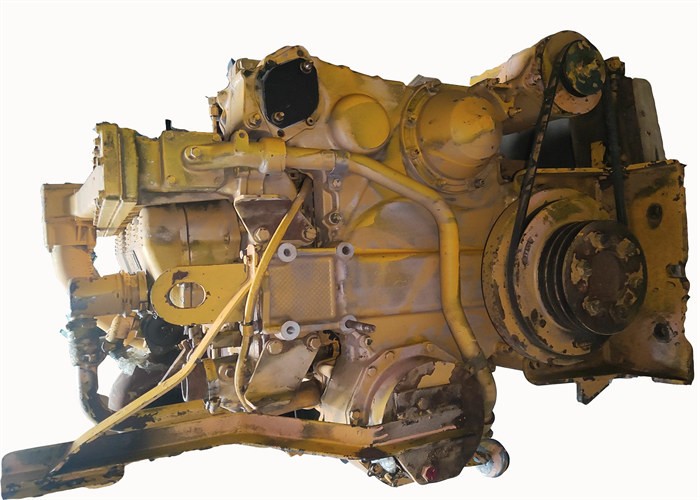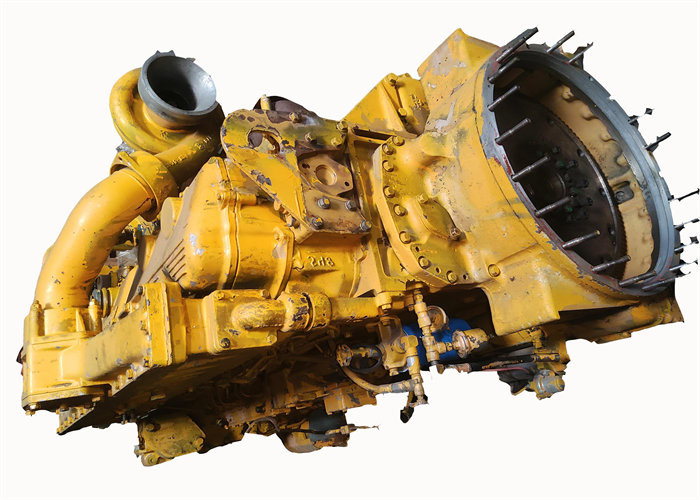| Sign In | Join Free | My frbiz.com |
|
| Sign In | Join Free | My frbiz.com |
|
| Categories | Used Engine Assembly |
|---|---|
| Brand Name: | Caterpillar |
| Model Number: | 3406 |
| Place of Origin: | USA |
| Price: | Negotiated |
| Payment Terms: | D/P, T/T |
| Supply Ability: | 10 pieces |
| Delivery Time: | 5 - 8 work days |
| Packaging Details: | Neutral Package or Fumigation Free |
| Excavator model: | E245B |
| Engine model: | 3406 |
| Condtion: | Used |
| Quality: | High quality |
| Status: | Standard |
| Color: | Same as pictures |
| Material: | Steel |
| Cylinder: | 6 |
| Company Info. |
| Beijing Silk Road Enterprise Management Services Co.,LTD |
| Verified Supplier |
| View Contact Details |
| Product List |
3406C Used Engine Assembly For Excavator E245B Water Cooling
Specification
| Car name: Complete Engine | Model Number: 3406 | |
| Cylinder stroke: 165.1 | Cylinder diameter: 137.2 | |
| Application: Excavator | valve: 24 valve | |
| Cooling: Water cooling | Injection: Direction | |
Description
How is a diesel engine different from a gasoline engine?
Gasoline engines and diesel engines both work by internal
combustion, but in slightly different ways. In a gasoline engine,
fuel and air is injected into small metal cylinders. A piston
compresses (squeezes) the mixture, making it explosive, and a small
electric spark from a sparking plug sets fire to it. That makes the
mixture explode, generating power that pushes the piston down the
cylinder and (through the crankshaft and gears) turns the wheels.
You can read more about this and watch a simple animation of how it
works in our article on car engines.
Diesel engines are similar, but simpler. First, air is allowed into the cylinder and the piston compresses it—but much more than in a gasoline engine. In a gasoline engine, the fuel-air mixture is compressed to about a tenth of its original volume. But in a diesel engine, the air is compressed by anything from 14 to 25 times. [1] If you've ever pumped up a bicycle tire, you'll have felt the pump getting hotter in your hands the longer you used it. That's because compressing a gas generates heat. Imagine, then, how much heat is generated by forcing air into 14–25 times less space than it normally takes up. So much heat, as it happens, that the air gets really hot—usually at least 500°C (1000°F) and sometimes very much hotter.
Once the air is compressed, a mist of fuel is sprayed into the cylinder typically (in a modern engine) by an electronic fuel-injection system, which works a bit like a sophisticated aerosol can. (The amount of fuel injected varies, depending on how much power the driver wants the engine to produce.) The air is so hot that the fuel instantly ignites and explodes without any need for a spark plug. This controlled explosion makes the piston push back out of the cylinder, producing the power that drives the vehicle or machine in which the engine is mounted. When the piston goes back into the cylinder, the exhaust gases are pushed out through an exhaust valve and, the process repeats itself—hundreds or thousands of times a minute.



|